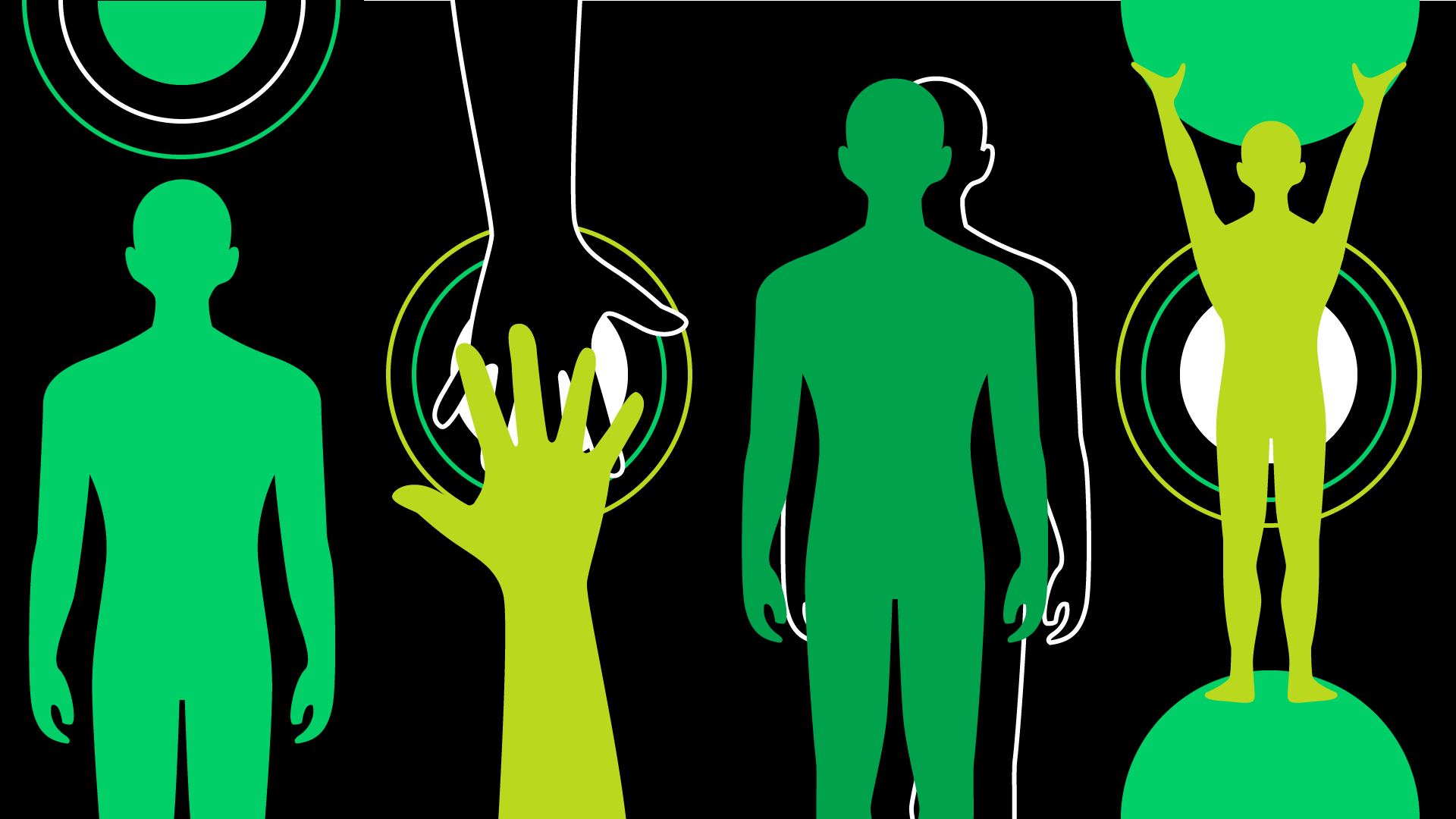The report explores how the human psyche constantly seeks connection while never wanting to feel trapped or lose our freedom to evolve
Psychology of a subscriber
Part 1: Acquisition
Is your brand behaving as a narcissist and missing opportunities to connect with customers? Get inside the mindset of a subscriber and discover practical solutions for building loyalty and trust from the moment they join
PSYCHOLOGY 101
To understand the subscriber mindset, it’s important to consider two key human drives that are present throughout our lives…

The Drive for Connectedness

The Drive for Freedom
Brands that fail to connect with customers, or make customers feel trapped or unable to serve the human drive to evolve, can cause irreparable damage to the relationship”
KEY LEARNINGS

OTT subscription brands are failing to emotionally and psychologically connect with their customers

Brands often embody characteristics of narcissism, which can erode subscriber trust and ultimately make them disloyal

Within the subscriber psyche, psychological drivers for both freedom and connectedness unconsciously motivate their behaviours and interactions

Meeting the needs of a subscriber requires an understanding of their mood, mindset and the layers of human emotion

Subscribers select services that give them control and help them develop and reinforce a sense of personal identity

Dissatisfaction and suspicion can begin at the ‘Join Moment’, when subscribers experience an invasion of boundaries if asked to hand over financial information or commit too soon
A PERSON’S SEARCH FOR MEANING
The report draws parallels between a subscriber’s relationship with a brand, and a person’s relationship with a romantic partner. It all starts with a desire to relate…

THE SUBSCRIBER JOURNEY
To build a relationship with subscribers and create a service they stay loyal to, brands must understand the emotional and psychological drivers throughout the customer journey. This report covers the first three Decision Moments in the Acquisition phase: Join, Trial, Consume. During the study these moments are equated to the desires, stages and shifts in a ‘typical’ modern romantic relationship
JOIN
The earliest stages of the relationship, when subscribers search for brands, are wowed by content and enamoured by promises of low prices and great user interfaces. They are also attracted by cues of honesty and authenticity, since they need to know they’re making the right decision.
The Join Moment is all about resolving doubt. When a first date is arranged, this is akin to clicking on a website with the intention of signing up for a free trial. There’s high emotion, but subscribers are looking to become relaxed and reassured. Brands should be very cautious about any talk of money.
Topics explored
- Psychology 101: brain chemistry
- 7 best practices for brands
- Spotlight on demographics
TRIAL
The Trial period is like dating – brands must aim to please in order to win subscriber hearts, not simply disappear. It’s a period of exploration, where the subscriber needs to know the brand will be open and available, meeting core needs for both Connection and Freedom.
Brands inevitably ‘trigger’ archetypal characteristics within us when we consume, and it’s the pleasure of those recognisable characteristics being lit up from within that makes us want more. Once subscribers can rely on the brand to transport them to the mood state they wish to be in, they are in a relationship worth keeping.
Topics explored
- Psychology 101: attachment
- Who are the archetypes?
- 9 best practices for brands
CONSUME
Commitment is now on the cards, and the subscriber is at their most enthusiastic – and most positively contagious! Those who are highly passionate about something can ‘convert’ even previously disinterested parties, and have most advocate potential at this stage, but brands rarely take advantage of it.
Many brands fail to listen to subscribers, or create a safe enough space for subscribers to come forward and give more. Brands often show unconscious narcissistic tendencies and are blinded by the belief that customers are only there to serve, by giving ‘strokes’ to the ego (aka money to the account) and helping to build a good reputation.
Topics explored
- Psychology 101: dopamine
- Is my brand a narcissist?
- 19 best practices for brands
BEST PRACTICES
There are nearly 40 different recommendations throughout this paper that you can try for your own service. Here are a few….
DO
Find out where improvements can be made and give rewards to new customers in exchange for their suggestions
Don’t
Forget about or ‘ghost’ subscribers after registration
DO
Help subscribers to spread the word by creating easily shareable content, simple invitations for friends and opportunities to give feedback linked in with social media accounts
DON’T
Make the sign-up process difficult, clunky or long-winded
PSYCHOLOGY OF A SUBSCRIBER: PART 2
In our second report, to be published in August, we will focus on Growth and continue to explore the relational dynamics at play when subscribers interact with brands, including…
RELATIONSHIPS WITH BRANDS
The child-like emotions at play when subscribers interact during billing, upgrade and downgrade
MONEY AND THE EGO
How brands need to understand the hidden triggers and fears subscribers have around money
UNLOCKING PREMIUM
AUTHORS

JENNIFER WHITTAKER
Jennifer is the director of QualiProjects (www.qualiprojects.com) and managed the study from start to finish. She has been a qualitative researcher for 14 years and conducts research for businesses from consumer and tech to social, health and charity sectors, in multiple languages.

KATHARINA WITTGENS
Katharina is a business psychologist and researcher with a decade of experience in qualitative and quantitative research. She supports brands in finding psychological influences on retention, loyalty, purchase decisions, product perceptions and customer experience, and helps brands to build these insights into their business strategies.


